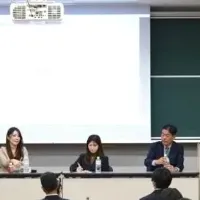
UTGIS Introduces Free Visual Water Leak Survey Guide to Combat Water Loss
UTGIS Launches Innovative Water Leak Survey Guide
In an effort to tackle the growing challenges of water conservation, especially in drought-prone areas, Utility Testing and Geographic Information Systems (UTGIS), based in Florida, has unveiled a new resource: the Visual Water Leak Survey Guide. This initiative is geared towards municipalities and utility operators looking to enhance their strategies for identifying leaks in water distribution systems.
Understanding the Water Crisis
Recent reports from the US Drought Monitor indicate alarming levels of drought across various regions, particularly the Southwest, where areas are experiencing extreme conditions categorized as D3 and D4, the worst possible ratings. Bodies of water such as Lake Mead and Lake Powell remain significantly below normal levels, impacting countless communities and ecosystems. With an average of 16% non-revenue water loss in distribution systems—much of which is recoverable—there is an urgent need for innovative solutions to preserve our precious water resources.
The Importance of Leak Detection
Mark Voigtsberger, the President of UTGIS, emphasizes the significance of proactive water leak detection, stating, “While we can’t control rain patterns, we can invest in systems that help us identify leaks faster and more effectively.” The Visual Water Leak Survey is designed to be a straightforward addition to existing water loss detection initiatives, allowing staff to monitor for surface leaks that may otherwise go unnoticed.
This free guide equips utility personnel with a robust framework for locating leaks visible on roadways or in parks, which often become clear indicators of larger issues underground. Traditionally, finding these leaks may have involved complex or expensive methods, but this guide simplifies the process without requiring specialized vehicles. Utility departments can utilize their standard vehicles for this survey, although UTGIS recommends electric bikes and scooters for traversing areas lacking road access.
A Practical Approach to Water Conservation
The Visual Water Leak Survey Guide is more than a technical manual; it serves as an operational tool that can invigorate a workforce that may be under light duty. “This method not only aids water conservation but also provides meaningful tasks for our team members,” Voigtsberger notes. Moreover, this guide is available free of charge to any water department simply by request, reaffirming UTGIS’ commitment to assisting utilities without added financial burden.
The implications of this guide extend well beyond the immediate benefits of identifying leaks. It represents a shift towards adopting more sustainable practices in municipal water management, ensuring that communities can make the most of their water supply, especially critical in times of drought.
By offering accessible and practical solutions, UTGIS solidifies its role in supporting local governments and utilities in their ongoing battle against water scarcity. The goal is not just to mitigate immediate losses but to foster a culture of vigilance and proactive management in our public water systems.
Conclusion
As water levels in key reservoirs continue to dwindle, the push for effective leak detection and response strategies becomes increasingly vital. The Visual Water Leak Survey Guide not only addresses the pressing current needs but also underscores the importance of collaborative efforts in water conservation.
For more details, water departments are encouraged to reach out to UTGIS and incorporate this tool into their operational framework. Together, we can work toward creating a more sustainable future for our essential water resources.
For inquiries or to obtain the guide, you can contact UTGIS directly at [email protected] or visit their website at www.utgis.com.
Contact Information:
- - Phone: (425) 381-2984
- - Address: Port St. Lucie, FL
Topics Other)

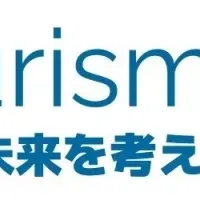





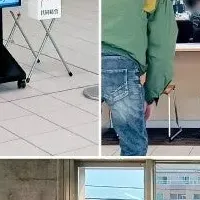
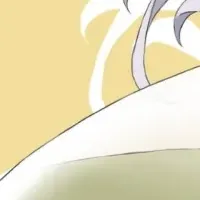
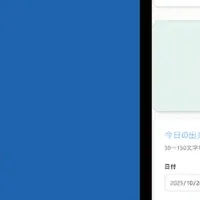
【About Using Articles】
You can freely use the title and article content by linking to the page where the article is posted.
※ Images cannot be used.
【About Links】
Links are free to use.